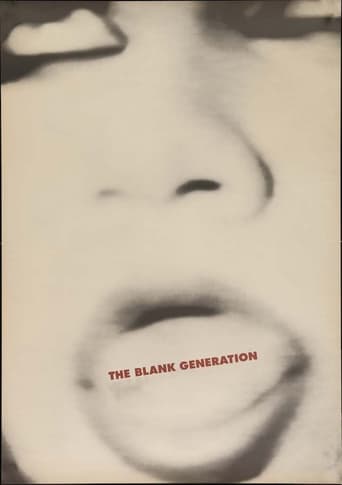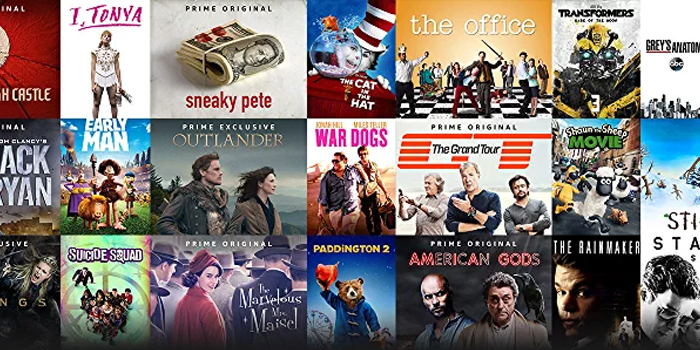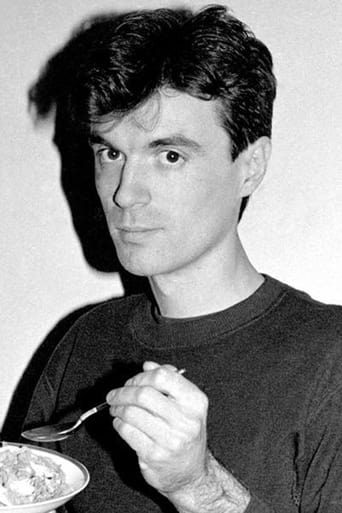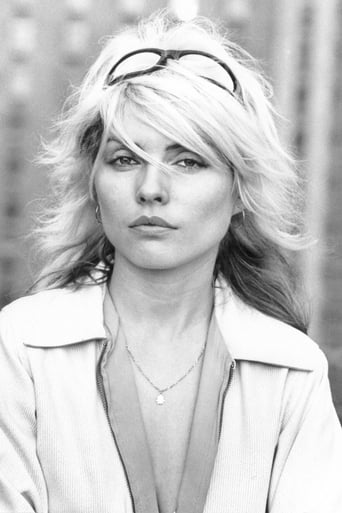

The Blank Generation (1976)
The cream of the New York new wave/punk crop, filmed live at CBGB when the scene was just beginning. Includes performances by Patti Smith, Blondie, Television, the Ramones, Talking Heads, the Heartbreakers, the Shirts, Wayne County, the Marbles, the Dolls, Miamis, Harry Toledo, and the Tuff Darts (w/Robert Gordon).
Watch Trailer
Cast
Reviews
Very best movie i ever watch
I don't have all the words right now but this film is a work of art.
The story, direction, characters, and writing/dialogue is akin to taking a tranquilizer shot to the neck, but everything else was so well done.
It's simply great fun, a winsome film and an occasionally over-the-top luxury fantasy that never flags.
This is a great, atmospheric, you might say "cinema-verite" film of a selection of the bands that made up the mid-70s CBGBs New York Punk scene. It was shot on a single 16mm camera, largely live at the club, but also with some "out in the street" sequences, and is a vital, rare document of exciting and vibrant music. And OK, let me get this over to ya now, the film doesn't have the benefit of sync sound. I'd guess the audio, which is a mixture of live tapes and commercially available records, was dubbed on later when the film makers had cut their footage together. So it's all pretty jumbled up, and the visuals don't match up a lot of the time, but I reckon that's a feature, not a fault. It all just adds to the rough-n-ready quality. Maybe those negative IMDb reviews came from folks who just didn't "get it" and expected something more slick, more MTV (yuk). Well isn't that ironic, since MTV and its nauseous ilk are forever trying to ape old-school underground film makers, and they usually fall way short of the mark simply because unlike these guys, MTV are clueless.Some of the bands you'll see here went on to commercial success (check the very early footage of Talking Heads and Blondie) and some are still propping up the "influential" lists thirty years on (Television and Patti Smith just played sold-out painfully hip gigs in London last month) and some verge on performance art (Wayne/Jayne County) and some are just plain forgotten (Marbles, Tuff Darts). But none of the 12 or so segments here are over-long and the Ramones footage is worth the price of admission alone. Music fans should be happy someone bothered to capture the CBGBs scene while it still was a scene. Essential, x10.
I have an old VHS copy of this, but now I'm definitely going to snatch it up on DVD. "The Blank Generation" (attention, previous reviewer: the title of the film comes from the Heartbreakers/Richard Hell song of the same name, which is played TWICE at the end; maybe you didn't enjoy this film much because you didn't know anything about the bands or the music they played) is loaded with atmosphere. It's a perfect snapshot of the CBGBs scene of the mid-to-late '70s. Yes, you could complain about the herky-jerky camera-work (I think they were going for an Andy Warhol sort of feel) or the fact that image and sound are out of sync with one another...but why would you? This is the only document of its kind, the only visual testament to the early genius of the Ramones, Television, Patti Smith, and Talking Heads. Even the obscurities (like the Harry Toledo song, 'Knots') are great! Amos Poe and Ivan Kral couldn't have captured the spirit of the New York "punk" era any more accurately; I always thought the vibe of the film was enhanced by its poor technical quality. Oh, one thing more: the bands *are* identified at the end of the film.
Many people will dismiss this film because it is basically soundless home movies with live music tracks from other performances dubbed over. The film was shot in grainy B/W, the camera is usually static with only a zoom lens to pan in and out, and we hear only bits and pieces of songs. Well, I think that's excusable for a film of this subject. The first roots of the punk/new wave scene were real' garage bands. MTV was still four years away. The rock music scene was comprised of mega-bands (like Yes, Pink Floyd, and Jethro Tull) that filled stadiums and promised little other than a good light show and a contact high from grass. Another alternative was the leisure suit/gold-chain disco scene, which was completely void of soul despite the R&B origins from which it sprang. Then there was the worst of the worst. I was in high school at the time and I chose the 40-minute walk home most days (and there were no walkmans in those days!) rather than have to listen to Barry Manilow and Linda Ronstadt on the school bus's radio. Needless to say, music in 1976 was either nauseatingly bad or overproduced to the max, and the music scene was saturated in cocaine, hot tubs, and Quaaludes. Enter this new scene so new that it didn't even have a name (it was first coined `punk' when it reached England and was embraced by working class kids). The attitude with these new bands was disenchantment, the music was simplistic, and the performances were raw and unpolished. This new American music never really was `punk' because it lacked the energy to even be about being against everything (with the exception of Patti Smith). It wasn't angry, or expressive or flashy. If one could call it anything in fact, it would probably be Loud Inertia. So, if one is to make a documentary about loud inertia and stay truthful to its form, it would have to be as stagnant, simplistic, raw, and unrefined as the music. Most of the bands in this film had not yet signed to a label at this time, and few of them ever played outside of NYC. Their audiences were what one might call the riff-raff of society. So, who had the money to buy a video camera or even a sound camera? Ivan Kral and Amos Poe obviously had the insight to record the performances on their 8mm home movie cameras and probably something like a cheap cassette recorder. I doubt they ever considered their efforts to be as directors. They were simply fans with cameras, and that makes this film an uncultivated document of a seed that would sprout into a whole movement. I can't say I enjoyed watching this film or that it even captured many of the aspects of what made some of these bands great (by the time I saw most of these bands in '77 & '78, they had already developed somewhat musically). However, this film is in itself something unpretentious, uncompromising, and far, far away from what would soon be labeled, packaged and manufactured by record companies and music videos. There are other documentaries that are more entertaining, and that fully explain the phenomenon of this new music scene. But I think the music and images this of film candidly show what the real essence of this era was all about. It may look static, but it's pure, original, and sincere which let's face it, is the antithesis of MTV and most music today.
Was there ever such a vibrant, exciting music scene as that of the punk/new wave CBGBs explosion?Amos Poe has made history by capturing some of the leading lights of the genre in their natural performing habitat well before they hit the big time. Filmed on wonderful, grainy 16mm silent film savour the sights of luminaries such as Talking Heads, Wayne County, Patti Smith, Blondie, Tuff Darts, New York Dolls and the Ramones complemented with dubbed live tracks/demos to provide the soundtrack.Ironic, that on any punk compilation a track from all of the above artists features, and yet here they are all in the same place and possibly all on the same night. A treat for all punk/CBGB fans - Poe has really captured the wonderfully inventive, innovative and spontaneous atmosphere of the era here.Thanks Amos.


